How to Be a Person? Who shall I be? How ought I to live?
Art is full of questions – answers are for other, more didactic domains. Really? On a spring day at the Ditchling Museum of Art and Craft I met the typographical prints of Sister Corita Kent, and you could call hers the art of instruction – moral, political, creative.
Corita Kent made and taught art at Immaculate Heart Art College in Los Angeles, California in the 1960s, until the gulf widened too far between her political subjects and the Catholic authorities, at which point she left the convent. (Hie thee from a nunnery.) I learned this from an exchange of letters on display at the Ditchling exhibition: various bishops concerned about Sister Corita’s interpretations of scripture and faith, and by return post the Mother Superior wringing her hands over the moral dilemma: ought she – dare she – stifle Corita’s God-given talents?
How Should a Nun Be?
So: the context in a vitrine. And on the walls, the artist’s pathway. No juvenilia though, no early sketches or tentative watercolours of youth – bang! directly into the prints.
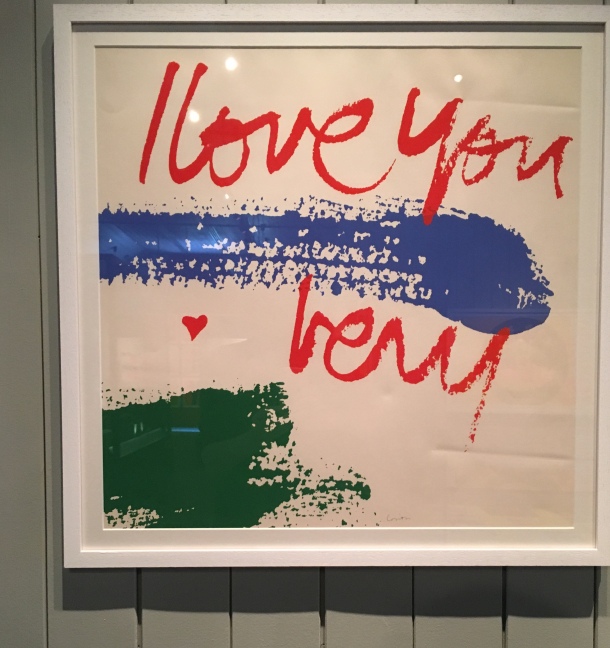
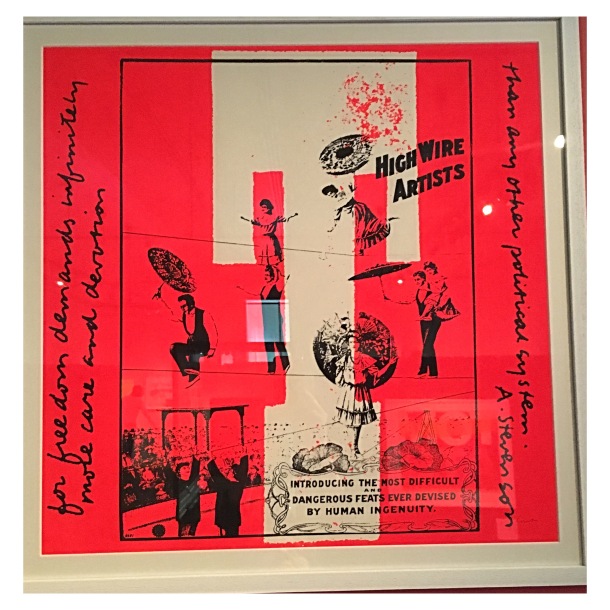
for freedom demands infinitely more care and devotion than any other political system. A. Stevenson


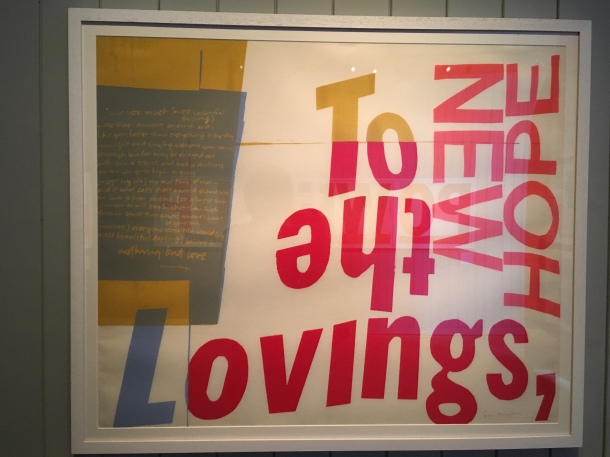
Hard to know if the tiny prints you’re looking at on a phone or computer screen can convey the exhilaration of seeing these works full on, full size and bold – the bleed (as my friend Jane said) of the ink on the paper. What Can Typography Do? Here are answers in colour, form, poetry, slogan, challenge.
How should a (moral) person be? I won’t try to summarise her answers – you need to see them by her own hand. Sister Corita had suggestions, provocations, new icons for the movement. She made work of her moment, of her time and resonant with ours.

We murmured and exclaimed, my friend Jane and I, and we clicked our phone cameras so we could take Corita Kent home with us. Outside, a green Sussex day called us through the museum windows. But first, Jane (an artist and print maker) needed to examine a display of printing presses, forms and trays. So I found the screening room and watched videos of Sister Corita teaching art students, closing the circle: the art of instruction – instruction in making art.
- She speaks about discipline as related to ‘disciple’.
- She instructs her students to choose and clip four images for visual content and then find the relationships that emerge. She tells the camera that an assignment frees them, that it’s good to get them to work from the outside rather than in the rut of their own imaginations, until they find their own structures.
- Do a hundred things, she says. You’ll make twenty that you already have in mind. The next twenty where you don’t know what you’re doing. Then do more.
- An artist, she says, speaking of beauty, can sing well, think well. But also he can really feel – pain, ugliness, dejection. The fact that he can feel them is a beautiful thing. The ability to feel is a beautiful thing.
- There is no win or fail; there is only make.
“We have no art. We do things as well as we can.” Sister Corita Kent

How Should an Artist Be? Some answers here.
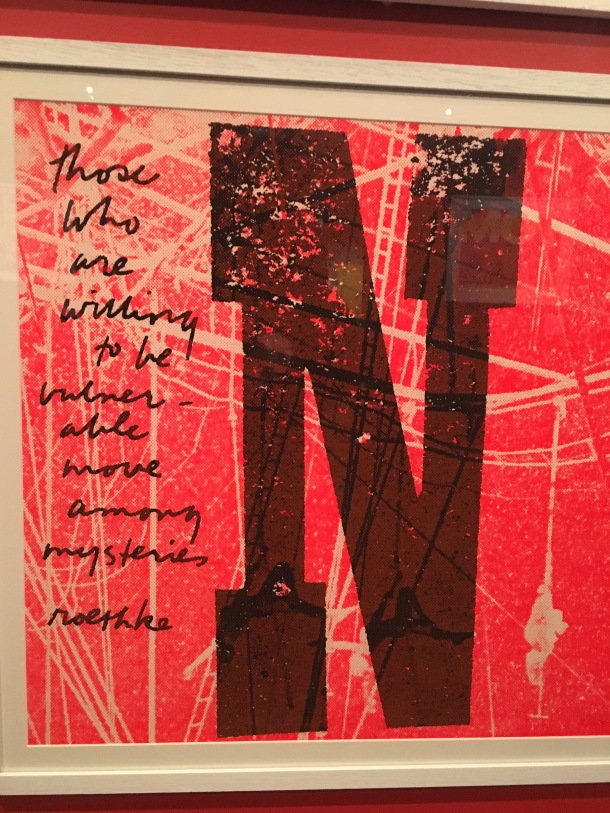
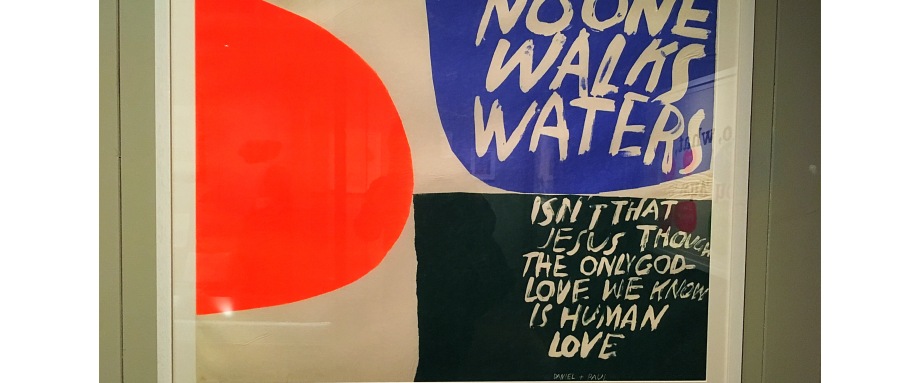
Bloody Brilliant. I almost felt I was there with you and your friend Jane. I will keep eyes peeled for this wonderful work in the future. Thanks Annie. Very exhilarating viewing!
LikeLiked by 1 person
Thanks! She is a wonder.
LikeLike
I love that in the middle of art and beauty and poetry there is instruction and pure sense. Rule 8 about being creative or analytical but not at the same time. Or personal favourite “enjoy yourself, it’s lighter than you think”. Beauty in thought as well as print – thank you for sharing
LikeLiked by 1 person
too fabulous, I am going, it really is so inspiring
thank you angel………..x
LikeLiked by 1 person